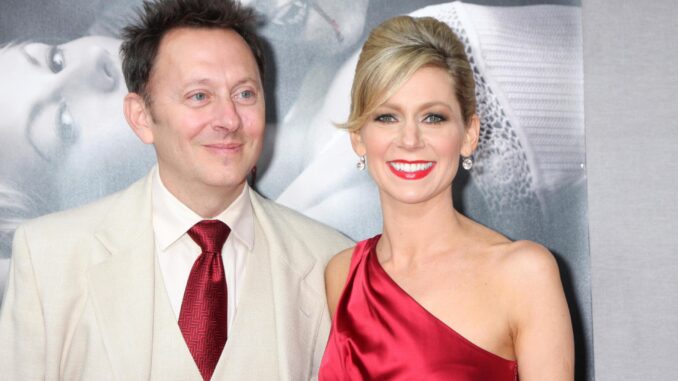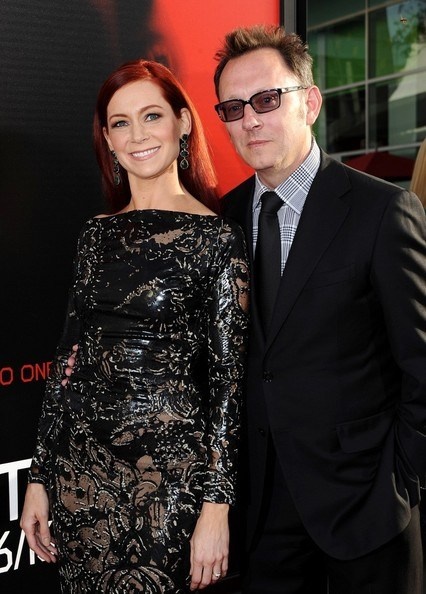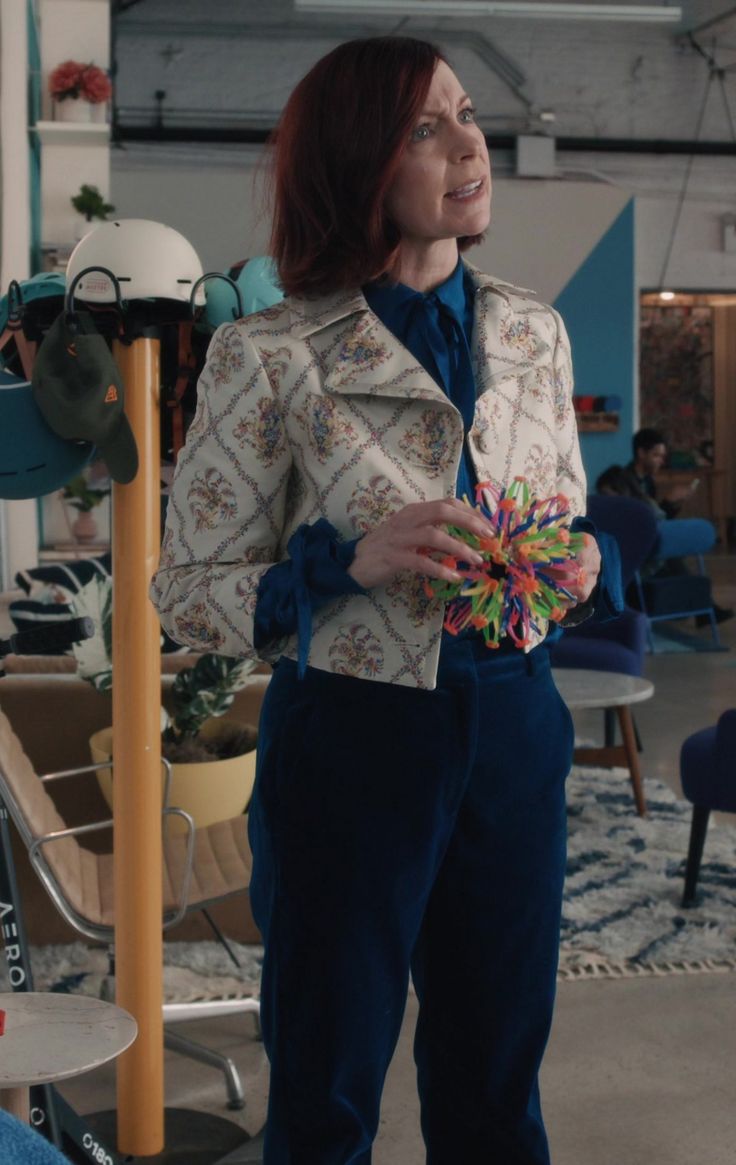
Let’s be honest. Elsbeth has never shied away from going off the rails — in the best possible way. But Season 2, Episode 11 took things to a whole new level of absurdity and brilliance. The episode introduced a seemingly ridiculous concept: “The Iris,” a mysterious portal with mind-bending implications.
Now here’s the plot twist — The Iris isn’t just a clever plot device. It’s actually inspired by something real. Yep, buckle up, because we’re diving into the strange real-world influence behind this unforgettable Elsbeth episode.

🌀What Is “The Iris” in Elsbeth, Season 2?
The Core Plot of Episode 11
In Episode 11, Elsbeth finds herself unraveling a murder case tied to a secret underground society that’s allegedly guarding “The Iris” — a swirling, glowing portal that connects realities.
Sounds far-fetched? Definitely. But that’s the beauty of Elsbeth — it makes even the wildest ideas feel… oddly plausible.
🔍 Behind the Curtain — Is “The Iris” Based on Real Events?
Not Entirely Fiction
Surprisingly, yes. While the dramatized version of The Iris is clearly exaggerated for entertainment, the core concept is based on actual scientific and conspiracy theories about portals, energy vortices, and even alleged interdimensional gateways.
Let’s break it down.
📚 The Real-Life Inspiration Behind “The Iris”
Energy Vortices Around the World
The Sedona Vortex Phenomenon
Places like Sedona, Arizona, are famous for their “energy vortexes” — swirling centers of spiritual energy. New Age enthusiasts believe they can heal, awaken, or even transport consciousness. Sound familiar?
The CERN Portal Theory
You’ve probably heard of CERN — home to the Large Hadron Collider. It’s been at the center of internet conspiracies suggesting it might be creating portals to other dimensions. The creators of Elsbeth drew from this rich tapestry of fringe science and speculation.
🧠 Psychological Symbolism Behind the Portal
“The Iris” as a Metaphor
The writers layered The Iris with meaning. It’s not just a wormhole — it symbolizes how people hide behind masks, how reality is never what it seems, and how justice sometimes comes from the most unexpected places.
🧩 Easter Eggs Hidden Throughout the Episode
References You Might Have Missed
-
A painting in the background subtly mimics MC Escher’s impossible staircase, hinting at warped dimensions.
-
The phrase “Follow the Spiral” is a nod to ancient portal myths in Celtic and Indigenous cultures.
🎬 How Elsbeth Balances Absurdity and Intelligence
Smart Writing Meets Whimsy
What makes Elsbeth work is that it never takes itself too seriously. While the idea of a real-life portal might sound like a sci-fi plot, the episode wraps it in clever humor and razor-sharp dialogue.
🛸 Other Shows That Used Real Portals as Inspiration
Stranger Things and the Upside Down
Netflix’s Stranger Things also leans on the idea of real portals, drawing from MKUltra experiments and Cold War paranoia.
Dark (Germany)
The German show Dark used Einstein-Rosen bridges (yes, real theoretical physics!) to anchor its story.
🔮 Could “The Iris” Really Exist?
Science Says… Maybe?
Physicists like Michio Kaku and Kip Thorne have speculated on the possibility of wormholes and alternate dimensions. While there’s no proven case, the math suggests it’s not entirely out of the question.
🧪 The Science Behind Portals
Wormholes and Spacetime
A wormhole is a theoretical tunnel through spacetime that could connect distant parts of the universe — or even parallel universes. If The Iris were real, it would be a wormhole.
💬 Fan Reactions to the Episode

Viewers Were Shook (And Loved It)
Social media exploded after the episode aired. Fans called it:
-
“The most bonkers thing I’ve seen on network TV — and I loved every second.”
-
“X-Files meets Suits with a dash of Rick and Morty”
🎥 Behind the Scenes — What the Creators Said
Writer’s Room Inspiration
In interviews, the writers revealed they were inspired by real Reddit threads, books on quantum physics, and even a documentary about ancient civilizations.
👁 Symbolism of the Eye and “The Iris”
Not Just a Clever Name
“The Iris” refers to both a portal and the human eye, symbolizing perception, truth, and vision. It’s a literal and metaphorical look into hidden realities.
📝 Elsbeth’s Unique Blend of Comedy, Crime, and the Paranormal
No Other Show Dares to Mix These Elements

From courtroom drama to dimensional rifts — only Elsbeth could pull it off. The show walks a tightrope between procedural structure and creative chaos, and Episode 11 is its magnum opus.
🏁 Conclusion: Truth is Stranger Than Fiction — Especially in Elsbeth
So, was The Iris ridiculous? Absolutely. But here’s the kicker — it was ridiculous on purpose. It sparked curiosity, dipped into real science and myth, and gave us one of the most entertaining hours of television this year.
Elsbeth once again proves that even the weirdest ideas have roots in reality — and sometimes, the line between fact and fiction is just as thin as a glowing portal hidden beneath a city street.
